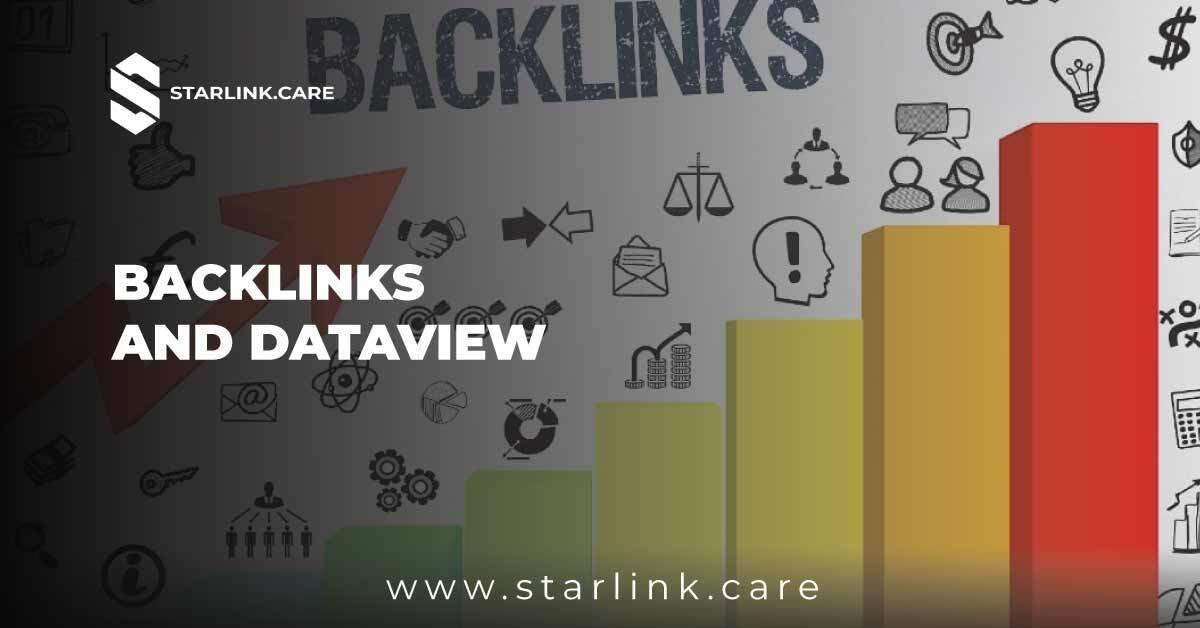Understanding Backlinks and Dataview: A Comprehensive Guide
In the ever-evolving landscape of digital marketing, backlinks and tools like Dataview play a pivotal role in enhancing website visibility and performance. If you’re looking to boost your website’s SEO and make data-driven decisions, understanding these concepts is essential. This article will guide you through the importance of Backlinks and Dataview, how to leverage Dataview, and ultimately, how you can enhance your online presence with confidence.
What Are Backlinks?
Backlink, often called inbound or incoming links, are hyperlinks from one website to another. Think of them as votes of confidence. When a website links to yours, it’s saying, “I trust this content.” Search engines, like Google, see backlinks as a measure of your site’s credibility. The more quality backlinks you have, the higher your site can rank in search results.
Why Are Backlinks Important?
Imagine you’re at a party where everyone is talking about various topics. If someone mentions a particular person frequently, you might start to think that person is worth knowing. The same goes for websites. High-quality backlinks signal to search engines that your content is relevant and trustworthy.
Anecdote: A Personal Journey
Let me share a quick story. A friend of mine, Sarah, started a blog about healthy eating. Initially, she struggled to attract visitors. After doing some research, she learned about backlinks. By reaching out to other health bloggers and getting featured in their posts, she gradually saw a significant increase in her blog’s traffic. This real-life example underscores the power of backlinks in the digital world.
How to Build Quality Backlinks
Building backlinks isn’t just about quantity; quality matters. Here’s a step-by-step guide to creating effective backlinks:
- Create High-Quality Content: Before you ask for links, ensure your content is worth linking to. Write informative, engaging articles that provide value to your readers.
- Guest Blogging: Reach out to relevant blogs in your niche and offer to write guest posts. Include a link back to your site in your author bio or within the content.
- Utilize Social Media: Share your content on social media platforms. When people find your articles interesting, they may link to them.
- Engage with Online Communities: Join forums and online groups related to your niche. Share your insights and link back to your relevant content when appropriate.
- Monitor Competitors: Use tools like Ahrefs or Moz to analyze your competitors’ backlinks. Identify opportunities where you can get similar links.
What is Dataview?
Now that we’ve covered backlinks, let’s dive into Dataview. Dataview is a powerful tool designed for users of Obsidian, a note-taking and knowledge management app. It allows you to organize, query, and visualize your notes in a way that makes them more useful and interconnected.
Why Use Dataview?
Dataview can transform how you manage your data. Whether you’re tracking tasks, managing projects, or organizing research, it provides a dynamic way to interact with your information.
Anecdote: How Dataview Changed My Workflow
When I first started using Obsidian, I was overwhelmed by the sheer volume of notes I had accumulated over the years. I stumbled upon Dataview and decided to give it a try. With just a few queries, I was able to turn my chaotic collection of notes into a well-organized system. This shift not only saved me time but also increased my productivity significantly.
Getting Started with Dataview
Here’s a step-by-step guide to getting started with Dataview:
- Install the Dataview Plugin: First, you need to install the Dataview plugin within Obsidian. Go to the community plugins section, search for Dataview, and click install.
- Create a New Note: Open a new note where you want to display your data.
- Use Basic Queries: Start by using simple queries. For instance, if you have notes tagged with “project,” you can display all those notes using:
```dataview
TABLE
FROM "project"“`
- Explore More Complex Queries: As you become comfortable, explore more complex queries to filter and sort your data.
- Visualize Your Data: Utilize Dataview’s options to visualize data in tables, lists, or even graphs, making it easier to analyze your notes.
Combining Backlinks and Dataview
When you combine the power of Backlinks and Dataview, you unlock a new level of data management and SEO optimization. Backlink improves your site’s visibility, while Dataview helps you manage and analyze your content effectively.
Actionable Steps for Combining Both
- Link Relevant Notes: Use backlinks within your Obsidian notes to connect related topics. This makes your content richer and more informative.
- Query Backlink Data: With Dataview, you can create queries to analyze which notes have the most backlinks, allowing you to focus on content that resonates most with your audience.
- Track Performance: By monitoring how your backlinks impact your traffic, you can refine your strategies and create more content that attracts links.
Conclusion: Invest in Your Digital Future
In conclusion, understanding Backlinks and Dataview can significantly enhance your digital marketing strategy. By building quality backlinks, you improve your site’s credibility, and by harnessing Dataview, you can better manage and analyze your content.
Don’t let the digital world overwhelm you. Embrace these tools and strategies to boost your online presence confidently. By investing time in understanding and implementing these concepts, you’re setting yourself up for long-term success.
Take Action Now
Ready to enhance your website’s visibility and streamline your content management? Start implementing these strategies today! If you’re curious about Backlinks and Dataview, check out Obsidian’s documentation to dive deeper into its capabilities.
Remember, every link you build and every note you organize is a step toward achieving your online goals. Happy linking and organizing!







